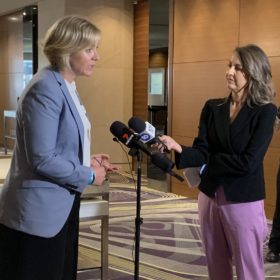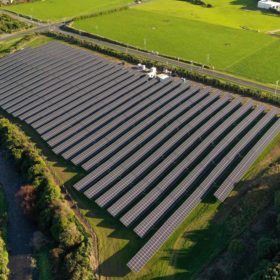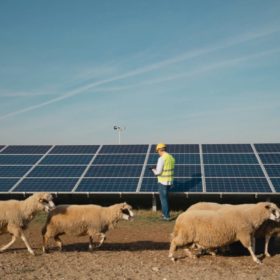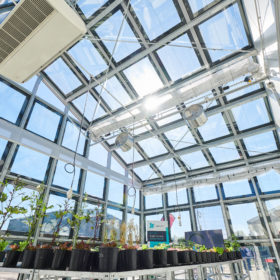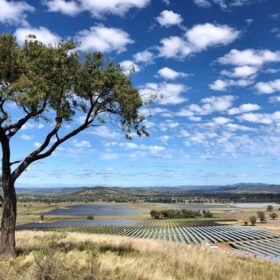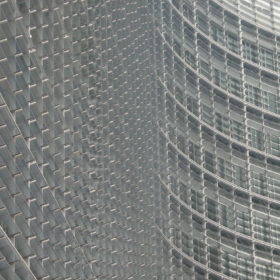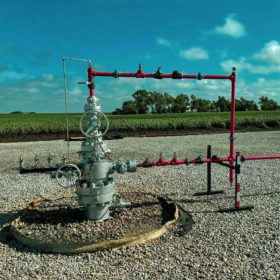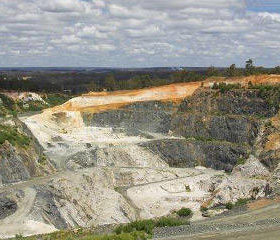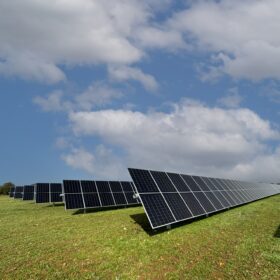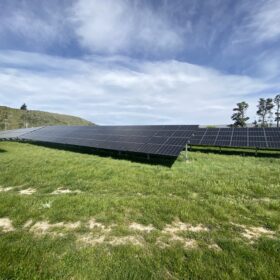Construction begins on Lynas’ rare earths refinery in Western Australia
In the second piece of rare earths news this month, construction has begun on Lynas Rare Earths’ new processing facility in Kalgoorlie. The refined products are used in batteries and other renewable technology, with Lynas moving the processing it currently does in Malaysia onshore for the first time.
Renewable industries ‘way too quiet’
Compared to fossil fuels, the renewable industries’ lobbying is weak and the sector does not advocate for itself with enough force, Independent MP Zali Steggall said yesterday.
10 solutions to Australia’s foreign fuel dependence
Over 90% of Australia’s fuel is imported – something recent geopolitical events have illustrated is a serious vulnerability. This issue was the focus of an emergency fuel security summit held yesterday in Sydney. The event was attended by a number of industry leaders and independent members and candidates who put forward solutions to tackle the devolving situation.
Lightsource bp partners with Contact Energy to pursue large-scale solar in New Zealand
In a big week for solar in the land of the long white cloud, Lightsource bp has announced a 50/50 partnership with New Zealand’s Contact Energy to pursue a large-scale solar portfolio in the country, generation which Contact Energy will purchase through a power purchase agreement.
Google exec backs Helios Energy’s New Zealand solar pipeline
A collaboration of United States and New Zealand developers, Helios Energy received private investment from Google executive Urs Hölzle and is setting its sights on grid-scale solar developments in New Zealand.
Solar greenhouse trials perform better than expected, proving commerciality company says
The results from solar glass company ClearVue’s greenhouse trials at Murdoch University have found the company’s product performed better than predicted overall, demonstrating both strong power generation and thermal value.
Lightsource bp proposes 400 MW solar farm south of Goulburn
Lightsource bp’s ambitious solar capacity target of 25 GW by 2025 is driving significant expansion of its Australian portfolio, including its most recent proposal of the 400 MW Gundary Solar Farm south of Goulburn, NSW.
European Commission could call in Australian investor Macquarie’s bid for French developer
Australia’s Macquarie is leading a consortium that has reportedly tabled a €2.5 billion ($3.65 billion) bid for a clean energy business formed by French private equity houses InfraVia and Eurazeo.
Natural hydrogen: how the potential wellspring works and why companies are pouncing
With its promise of cheap, easy ‘god molecules’ flowing inexhaustibly from the ground, it’s no wonder natural hydrogen is piquing interest. Sometimes referred to as ‘gold’ or ‘white’ hydrogen, Avon McIntyre, executive director of HyTerra, an Australian company in the space, told pv magazine Australia natural hydrogen projects should have smaller carbon footprints than sprawling green hydrogen plays and, moreover, would be ready quicker. Enticing as it sounds, unknowns remain.
Australia’s critical minerals inventory boosted significantly in 2020, vanadium up 24%
Australia’s inventories of critical materials for batteries have seen major increases recently, with vanadium up 23%, lithium up 8%, rare earths up 4% and platinum group elements up 185% in the year to December 2020.

